J. S. Bach: Six Sonatas and Partitas for Solo Violin, BWV 1001-1006, arranged for solo saxophone by
 Instant Download
Instant Download
Details
Description
SKU: A0.533441
Composed by Johann Sebastian Bach. Arranged by Paul Wehage. Baroque,Concert,Instructional,Standards. 82 pages. Musik Fabrik Music Publishing #2914079. Published by Musik Fabrik Music Publishing (A0.533441).In 1720 J. S. Bach was in the service of Prince Leopold of Anhalt-Cöthen, serving as his Kapellmeister. Since the court of Anhalt-Cöthen was Calvinist, Church music was limited to congregational psalms and hymns. Bach’s work during this period consisted of writing chamber music for the Prince, who was an accomplished violinist, gambist and harpsichordist. Other works from this period include the Cello Suites, the viola da gamba sonatas, the Flute sonatas and the partita for solo flute and the Orchestral Suites.
The “compostional” manuscript of the solo sonatas and partitas has been lost, but a fair copy was made by Bach in 1720 with the title “"Sei Solo - a violino senza Basso accompagnato -Libro Primo da Joh. Seb. Bach ao. 1720" It would seem likely that the “Second Book” of these unaccompanied works would be the Six Cello Suites and the Violin sonatas and partitas were composed before the Cello Suites, although this cannot be known with any certainty.
The six works are actually two cycles of three works each, with three sonatas (in the four movement “Church” Sonata-form that Bach usually used in his instrumental sonatas with keyboard) and three partitas (or “parias”, as Bach notes in the 1720 manuscript).
Each sonata contains the same series of four movements: an “improvisatory”, elaborately ornamented Prelude, a Fugue (-the complexity of which increases significantly from the first to the third sonata, the Fugue of the C major sonata being one of the longest fugues ever written by Bach), a slow movement in a contrasting key and a final allegro which use running sixteenth-note figure which create implied harmonic and bass movement through slight changes in the motifs used.
It might be surprising to some to have transcribed obvious multi-voiced works (especially the fugues) for an essentially monophonic instrument (putting aside the use of multiphonics for this discussion). It should be noted that although the counterpoint is clearly written out in these works, and in spite of the position of some theorists (notably Albert Schweitzer and Emil Telmanyi, the baroque bow could not
3
sustain more than two strings at once without tonal distortion. It would seem that the Triple and quadruple stops were not actually meant to sound as written, but were intended to be a guide for the musician to “suggest” that the sounds were continuing through a subtle use of agogic accents, attack and dynamic shading. As the concepts behind “Baroque” art stem from the theatrical church decorations and conventions of the Catholic Counter-reform, the idea of using artifice to suggest a multi-voiced texture using a monophonic instrument may actually be considered to be “more” baroque. In any case, sensitivity to acoustics and allowing notes to sound will enable the performer to create the desired illusion.
The Partitas do not follow exactly the usual order of dances for this form (Allemande, Courante, Sarabande, Pair of minuets, bourrées or gavottes, Gigue), but use the basic idea of a series of dance movements. In the B minor partita, each movement is followed by a double or variation which follows the harmonic framework of the original. In the D minor partita, Bach adds another movement to the usual order of dances, a monumental Chaconne which uses a sarabande-like theme as a subject for variations. The Third partita is even less conventional than the other two, containing none of the usual movements in this type of work and opening with a prelude. This Prelude was also orchestrated twice, in the Cantata 120a (Organ and strings) and in the Cantata 29 (for Organ, strings, oboes, trumpets and tympani).
It should be noted that according to Bach’s student Johann Friedrich Agricola, Bach himself often improvised on the keyboard using these works as a basis. As Bach himself was famous for transforming the music of oth.
This product was created by a member of ArrangeMe, Hal Leonard’s global self-publishing community of independent composers, arrangers, and songwriters. ArrangeMe allows for the publication of unique arrangements of both popular titles and original compositions from a wide variety of voices and backgrounds.
Digital Downloads are downloadable sheet music files that can be viewed directly on your computer, tablet or mobile device. Once you download your digital sheet music, you can view and print it at home, school, or anywhere you want to make music, and you don’t have to be connected to the internet. Just purchase, download and play!
PLEASE NOTE: Your Digital Download will have a watermark at the bottom of each page that will include your name, purchase date and number of copies purchased. You are only authorized to print the number of copies that you have purchased. You may not digitally distribute or print more copies than purchased for use (i.e., you may not print or digitally distribute individual copies to friends or students).
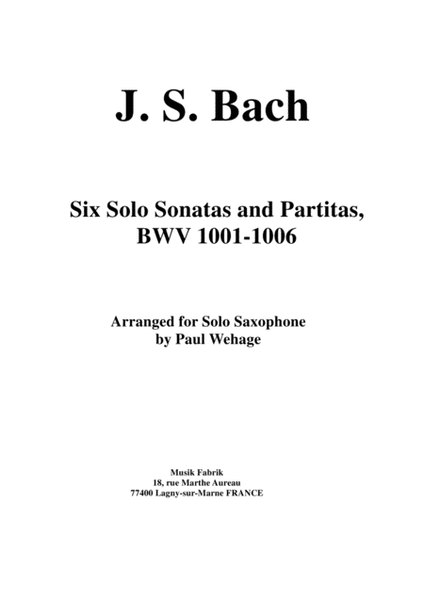
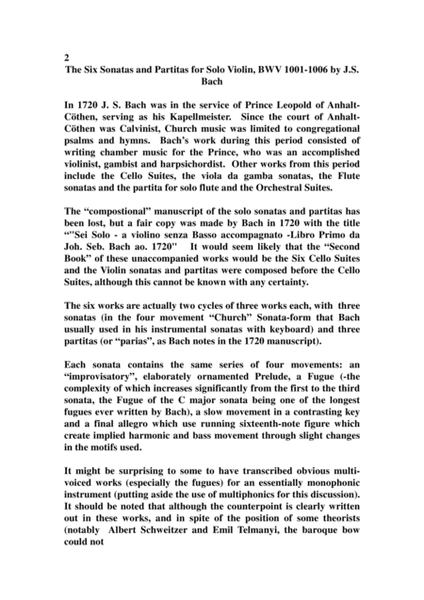
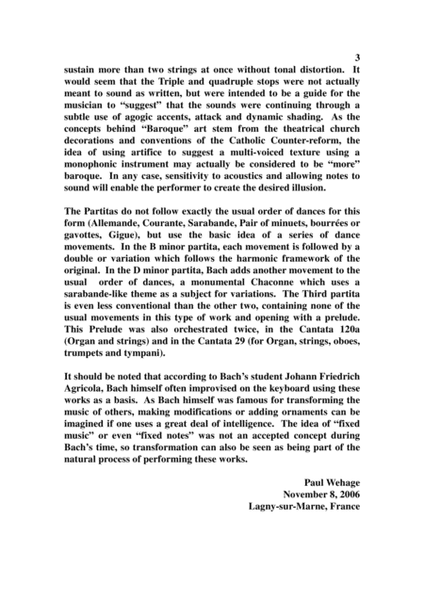
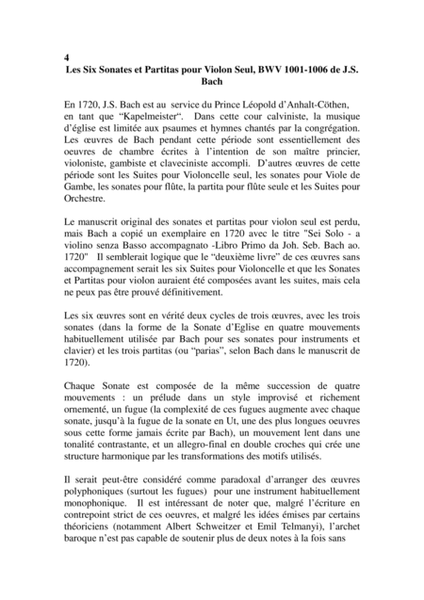
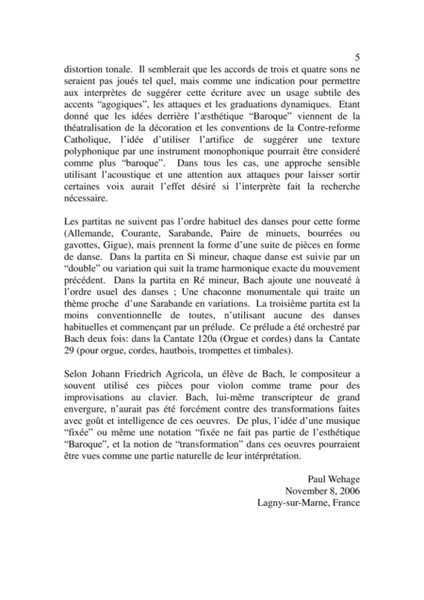
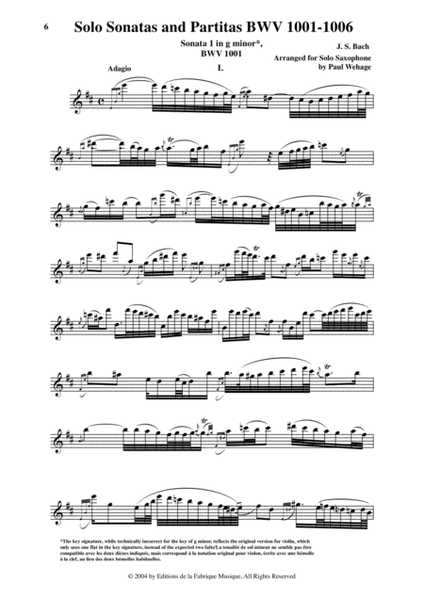
 Share
Share